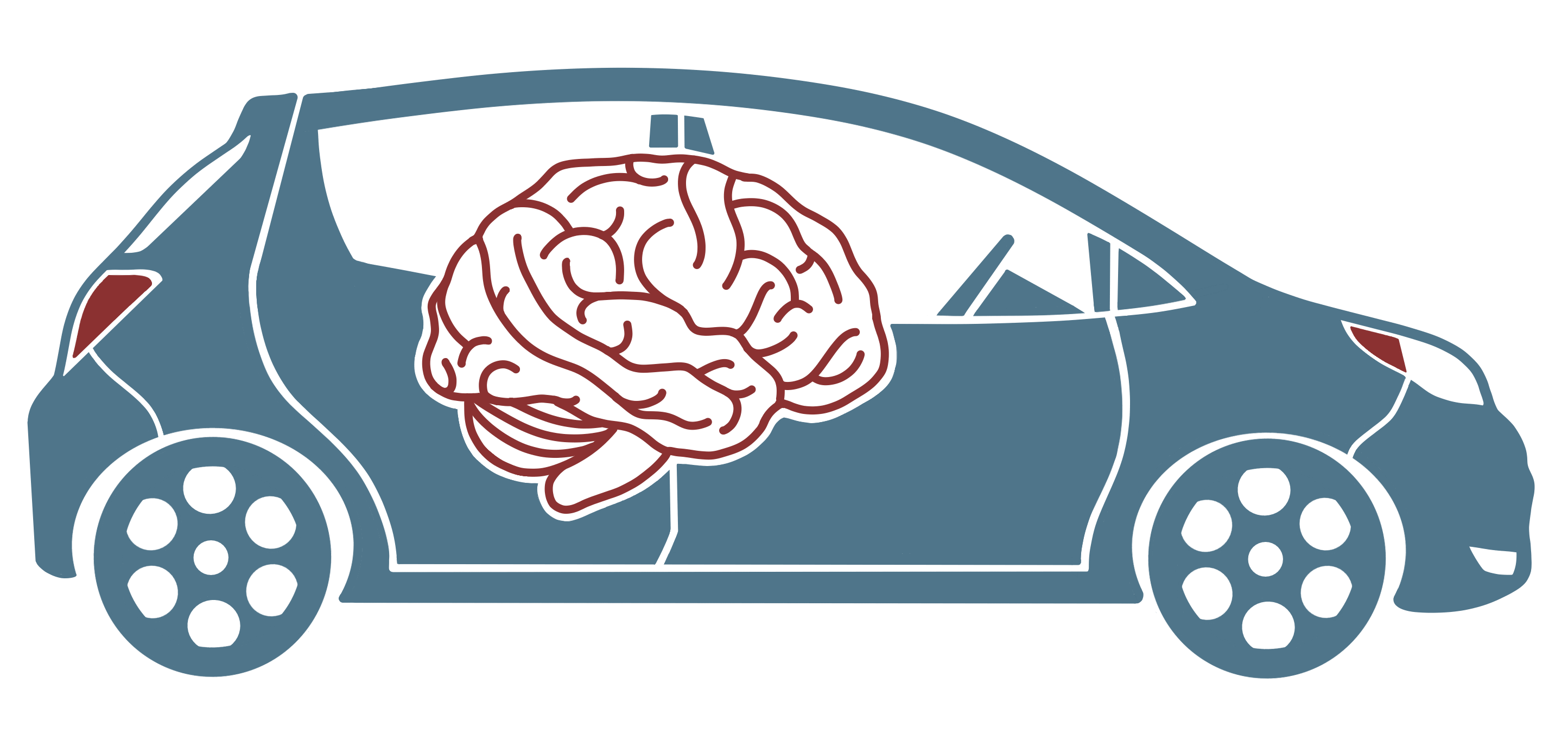The following sample questions have been selected as a preview of the Action2Zero School Safety Assessment Tool (SSAT). This was created to help communities conduct a comprehensive assessment of their School Travel Plan (STP), track implementation and progress achieving the plan in terms of safe and active travel to and from school; and identify potential gaps and develop strategies to address them.
The assessment tool is designed to be completed by a cross-section of road safety stakeholders within the community. Following assessment tool submission request, you will be invited to provide information on involved team members.
Questions are organized according to three priority areas: knowledge; action; and, commitment. These sections can be completed separately and help assess capacity and capability to implement road safety initiatives. Responses are based on a 5-point***** This component has been or is being implemented (5-stars).
**** This component is almost ready for implementation (4-stars).
*** This component is in the planning stage (3-stars).
** Planning for this component has just started (2-stars).
* This component has not received attention (1-star). scale to indicate the status of existing practices in relation to each area.
Sample School Safety Assessment Questions
Knowledge
- Is there a community wide focus on achieving school zone road safety risk reduction?Health, transport and school partners collaborate to promote road safety in and around schools. The Municipal Public Works/Engineering Section, police, the parents and the school district transportation group meet frequently to identify potential risks around the school.
- Has a School Travel Plan (STP)An STP provides an implementation plan that should include strategies for all modes of transportation (walking, cycling, public transportation, cars); vehicle reduction initiatives; engineering, education, encouragement and enforcement measures; and, parent and community measures.
Plans can be designed to include a combination of education, encouragement, enforcement and engineering activities to help achieve the community’s goals. Because the needs of every community are unique, each community or individual school may choose to emphasize different components to make the plan work. been developed whereby barriers to safe school travel have been identified along with measures to address these issues? - Are partnerships established between schools, parents and other organizations in the community?
- Is dataData includes demographic, traffic volume, actual and preferred mode of school travel, and school zone infrastructure and enforcement indicators. used to identify the barriers, needs, and priorities for all road users with respect to school travel? (drivers, passengers (car and bus), school buses, pedestrians, cyclists, children, etc.)?
Action
- Is there a good understandingShared awareness and knowledge of the fundamental concepts of the Safe Systems approach as a basis to identify priorities. between community partners and stakeholders of the Safe System approach?
- Are road rules pertaining to driving in school environments sharedInformation about road safety around schools is regularly included in monthly community bulletins, letters to parents, or local events. through community and school communications, events, campaigns and displays?
- Are vulnerable road users, especially pedestrians adequatelyExamples of infrastructure include separated sidewalks and designated safe crossing locations. accommodated in school zones?
- Are measures which reduce speed (e.g., traffic calming) used around school zones?
- Have school bus guidelines Guidelines offer steps for the designation of school bus stops and strategies to support safe pedestrian behavior by students between their homes and their bus stops. been adopted for your school district/municipality?
- Have activitiesActivities to encourage active transportation such as bike/walk to school days, mileage clubs, and contests motivate interest in walking and bicycling. been undertaken that encourage walking and cycling to and from school?
Commitment
- Has an STP committeeThe STP Committee meets regularly, persons are responsible for completing tasks, members are held accountable and progress is tracked. been established and is it active?
- Has an STPDevelopment involves a comprehensive process to increase local ownership of individual and integrated STPs. Consideration should be given as to whether the STP is implemented at the local school level, district-wide or at the regional level. been developed with clear action items and assigned responsibility for each task?
- Are results related to the STP actively communicated and is the plan adapted to issues as they arise?







